Boreal Forest in Alaska
Important Species
Boreal Forest Migration
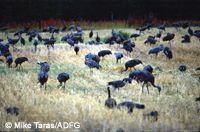
Boreal forest summers are short but intense. The lengthening days of March break winter's grip on the land and rivers, leading to swift snowmelt and dramatic river breakups beginning in late April. By mid-May, although snow remains in many places, plants are starting to bud and insects are emerging by the millions, as the spareness of winter gives way to a season of abundance.

This seasonal bounty attracts millions of migratory birds to the boreal forest. Waterfowl descend on the lakes, gorging on fish, aquatic plants, and insects. Forest birds such as warblers and thrushes swarm through the trees and thickets in search of beetles, caterpillars, flies, spiders, and berries. Hawks, owls, and falcons haunt the forest and skies, watching for careless birds and small mammals. For a few short weeks, these long-distance travelers court, nest, raise young, and build up reserves of fat for their journey south. By the time autumn's hard frosts have set in, they're gone.
Sandhill cranes migrate to the meadows of Alaska's boreal forest from the central United States.
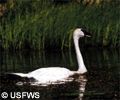
Waterfowl
Trumpeter swans travel to Alaska's boreal forest from wintering sites in central North America. They nest and forage in ponds and marshes.
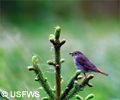
Thrushes
Swainson's Thrushes nest and forage in spruce stands and riparian areas. They spend winters in Central and South America.
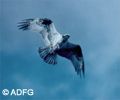
Hawks
Ospreys migrate to Alaska's boreal forest from wintering sites in the central and western United States.
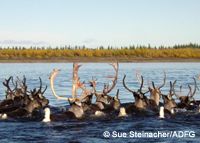
Caribou migrate as well, but for them, the boreal forest is a winter haven, rather than a summer destination. In summer, most caribou live on the tundra, where predators can be more easily seen and where biting insects are kept partially at bay by the wind. In winter, they head for the forest. They're well protected from the cold by their warm fur and large size, and their staple winter food, lichen, is easier to access in the softer forest snow.
